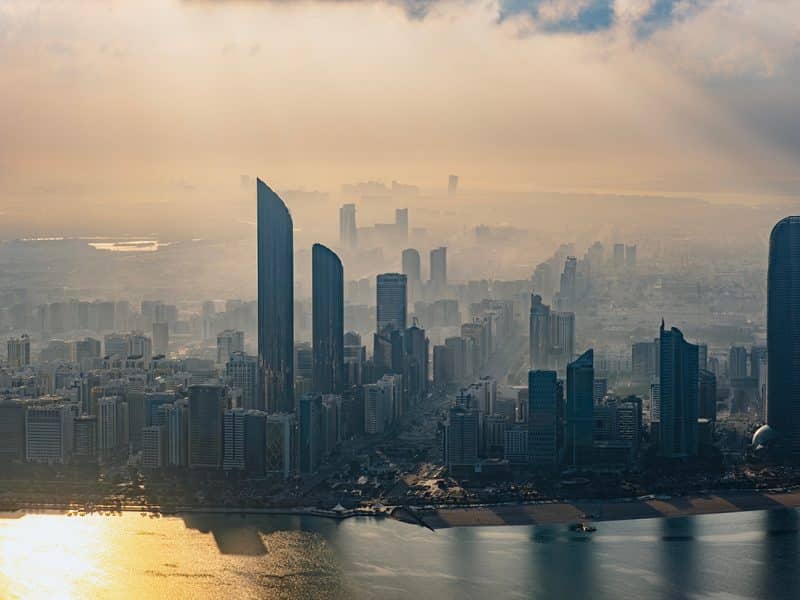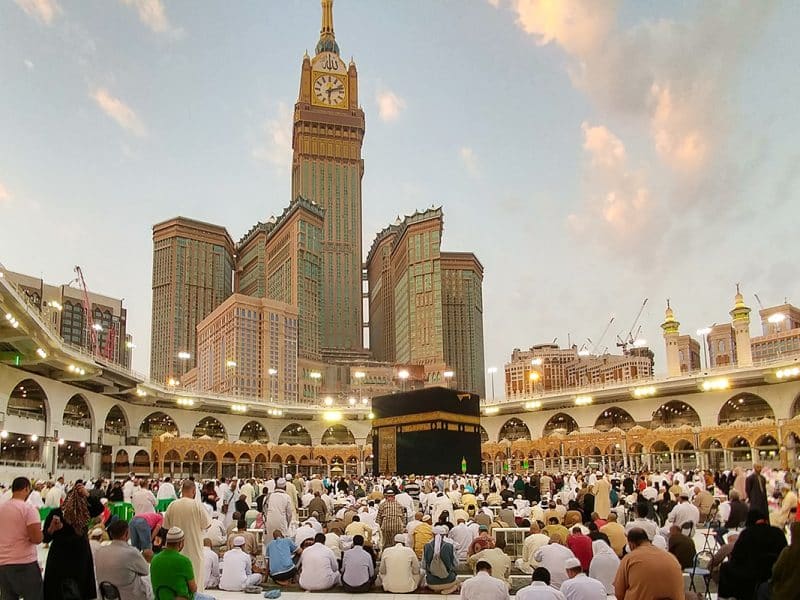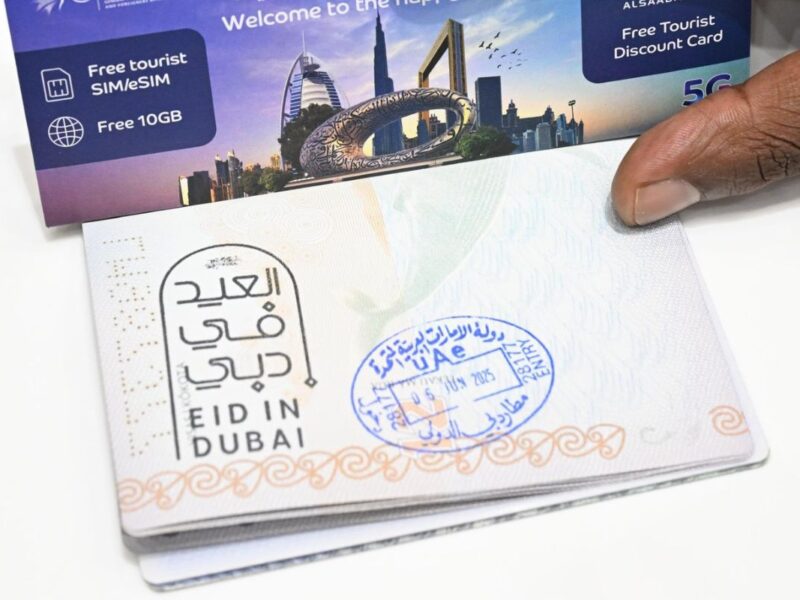Assessing that Saudi Arabia’s institutional settings have strengthened in the context of socioeconomic reforms and transformation under Vision 2030—and are now in line with most peers rated in the ‘A’ category—S&P Global has upgraded the Kingdom’s long-term sovereign credit rating to ‘A+’ with a stable outlook.
The ratings agency highlighted the government’s measures to spur investment and consumption and believes it will support strong non-oil growth prospects over the medium term.
S&P upgrades Saudi credit rating
In a note, S&P Global said: “We expect wider fiscal imbalances partly because of lower oil revenue; however, our base case assumes that the recalibration of some large infrastructure spending should maintain a strong sovereign balance sheet and external position for the country.
“We therefore raised our unsolicited long-term sovereign credit rating on Saudi Arabia to ‘A+’ and affirmed the ‘A-1’ short-term rating. The outlook is stable.
“The stable outlook reflects our view that strong non-oil growth momentum and developing domestic capital markets balance risks from rising government and external debt to pursue Vision 2030 goals and debt servicing costs.”
S&P believes that institutional checks and balances have become more visible as Vision 2030 progresses, as reflected by the recalibration of project priorities and timelines. This also illustrates flexibility and coordination in capital expenditure management and debt issuances.
Public and private investments target developing newer industries, such as tourism, manufacturing, green energy, and mining. The aim is to diversify the economy from its primary reliance on the hydrocarbon sector. Current investments should boost consumption by Saudi Arabia’s predominantly young population of over 35 million and gradually increase the economy’s productive capacity. Over the longer term, the agency expects Saudi Arabia to emerge as a more resilient and diversified economy, with more substantial job creation for the young population and broader workforce participation.
Rationale for upgrade
The upgrade reflects S&P’s view that Saudi Arabia’s ongoing social and economic transformation is underpinned by improving governance effectiveness and institutional settings, including deepening domestic capital markets.
S&P expects the country to remain a net external creditor over the next four years despite a significant increase in external financing needs. Current sensitivity to oil prices will weaken fiscal and external imbalances through 2028.
The agency said: “We assume that oil prices will fall to $70 per barrel (/bbl) over 2025-2028, from $81/bbl in 2023. At the same time, the announcement of a decline in Saudi Aramco dividends by one-third in 2025 will further dampen oil revenue. We expect the fiscal deficit will widen to 4.8 per cent of GDP this year, from 2.8 per cent in 2024.”
GDP to grow at 4%
However, strong non-oil growth and rising oil volumes from 2025 will support medium-term growth prospects and S&P has projected strong real GDP growth averaging 4 per cent over 2025-2028 with continued momentum for investment in construction and the services sector, supported by consumer demand. Economic resilience is advancing, with a gradual decoupling of the oil sector and overall growth. Economic diversification continues, with the non-oil sector (including government activities) now accounting for about 70 per cent of GDP, relative to 63 per cent in 2018.
S&P also noted that Saudi Arabia has already achieved 87 per cent of the 1,064 targets announced in its ambitious Vision 2030 program in 2016.
“This includes tourist visitors exceeding 100 million and women’s employment rate above 30 per cent. We expect that the phased infrastructure spending, changing consumption patterns, and labour market developments will continue to strengthen economic resilience,” the report added.
The long-standing currency peg to the US dollar will continue. Interest rates will broadly move in tandem with the US Federal Reserve rates. Established in 1986, the peg has historically helped anchor inflation expectations and upheld the predictability of Saudi Arabia’s monetary arrangements, especially during volatile oil prices.
Importance of Tadawul
S&P also expects domestic capital markets to play a larger role in financing Vision 2030. Saudi authorities will continue to develop the stock exchange as a strategic platform to attract long-term capital to the country’s key growth industries.
The report added: “We expect significant growth in the capital markets to be driven by improving market liquidity and regulatory initiatives, such as the new investment law and pension fund reforms. The market capitalisation of Tadawul, the domestic stock market, has grown by over 70 per cent since 2019 (after stripping out the exceptional $2 trillion Saudi Aramco IPO of 2019).
“At about 245 per cent of GDP in 2024, (of which free-float trading is close to 50 per cent of GDP), the Tadawul is now by far the largest equity market in the Middle East and also ranks among the top 10 equity markets globally in terms of market capitalisation. Foreign participation is currently low at about 5 per cent.”









